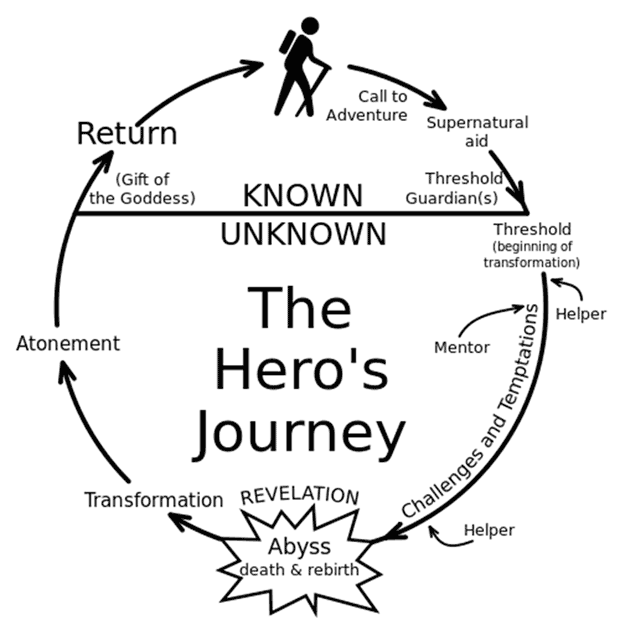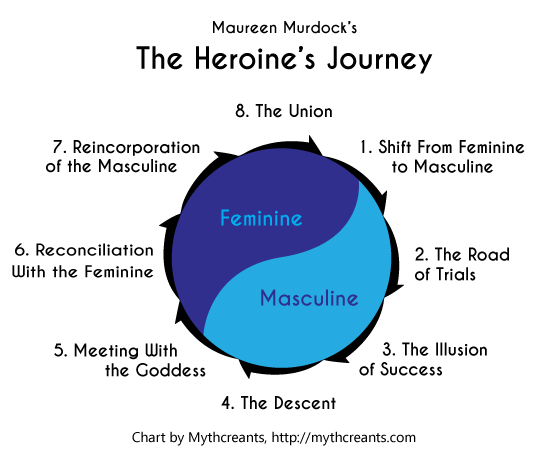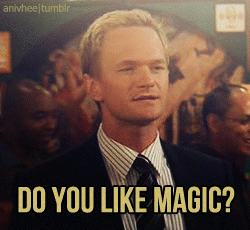Part II- Traditional Storytelling
For Part I of this articles series, click here.
Stories were not originally intended for entertainment- they were the best method our oldest ancestors had to mass educate the people of the tribe or clan. It was only by making the stories entertaining that the messages stuck. Thanks to the inventiveness of the earliest African griots, our ancestors avoided the dangers of the environment around them, and survived to leave the continent, spreading farther and farther with each changing generation, until eventually they spread across the entire world. And, with each generation, another story keeper memorized, told, and added new tales to the collective consciousness of mankind.
Stories can be self-fulfilling prophecies. All the evidence you need to understand that idea is to look at the impact something as seemingly whimsical and insignificant as Star Trek: The Original Series. A science fiction television show that barely lasted three seasons ended up having a profound impact on 20th century society. Some viewers were inspired by the imaginary technology of the future and turned it into the real life technology you are probably reading this post on, while others were inspired by the social messages the themes advocated to take a stand in a time of social and cultural strife.
Fables, legends, and myths of the earliest humans eventually became those of the ancients, then the middle ages, the ages of trade, exploration, industry, and now the modern digital age. Much like a game of telephone, over the years parts of the original stories have been changed for cultural reasons or skewed in translation for one language to another (and, yes people, this even includes the bible). As a result, some cultures have different versions of the same story, or the story ends differently based on the lesson that the specific society wanted to emphasize.
Mythology
As mentioned in the first article of this series, the cultures of Mesopotamia are the first credited with the writing down of stories. These tales of mortals and gods were referred to as epics, and within these stories, we find the beginning of one of the most important elements of storytelling that has become a staple of fantasy and science fiction through today- the hero’s journey. This is the tale of an average, and yet remarkable, person who goes on a quest, usually with the help of a mentor and a ragtag group of people, to complete a task for the betterment or himself or his people. There is also a separate heroine’s journey, and just like sexism intended, they are both different based on the gender, and one is considered to to be intrinsically better than the other (which you can read about here and here.)
Images lovingly stolen with respect from sources that talk about this way better than we do- Joseph Cambell and Mythcreants.com.
The earliest hero’s journey stories were written in long form poetry. Examples range from Epic of Gilgamesh, Mahabharata, Beowulf, and the related stories of the Iliad, Odyssey, and Aeneid. The hero in each story is forced to make choices and conquer obstacles, often put in their way by angry gods, on the way to their objective. The mythology and beliefs of the culture played an important role in these epic stories, and that is because mythology was an extremely important aspect of daily life in the ancient world. Before human beings began to understand enough science to explain the mysteries of our world and universe, mythology served to answer the big questions about human existence, nature, and creation. Every time a child asked “Why?” mythology was there with an answer. Prometheus stole fire from the gods to give to man, creating the birth of civilization. Maui caught the sun and hung it in the sky for the mortals to have light. The Great thunderbirds of the Americas were the source of the fierce storms that hit the United States every spring. Before humans had enough technology to understand the science behind the forces of the universe, everything was attributed to magic.
In these stories men and women often crossed the gods, or were lusted after by gods, or got tricked by gods… and then, cursed by gods. How they hell was the moral of these stories not “DO NOT TRUST THESE BATSHIT GODS”? (Then again, I’m kinda coming from the bias end of the pool here, as I write a story about angry gods and their human playthings.) But again, the point of these stories was to provide an explanation for things human beings had not figured out yet.
Legends
While myths recount the stories of the gods and their human playthings, legends are more specifically written about the heroes themselves. These stories are not full-fledged epics, but they are adventure stories that take a partial truth and exaggerated it to grandiose proportions. The exploits of real-life figures may have been the initial inspiration for these stories, but the figures they were written about were rarely anything like the caricatures they became.
Legendary figures exist in every culture, and every era. As an American, and a history teacher, this was an issue I dealt with constantly. One of the reasons I loathe teaching American History is because I have to wade through the bullshit. The hardest part of teaching US history is the reteaching I have to do. By the time students get to their junior year (age 16-17), which is when US history is traditionally taught in high school, they have been indoctrinated by these legends which are regarded as fact. The worst part is that they have already been through a watered-down version of US history in their 8th grade year (age 13-14) of middle school, and yet many of these bullshit, propaganda stories aren’t questioned or corrected.
Presidents like Washington, Jefferson, Lincoln, the Roosevelts, JFK, and Reagan have become larger than life figures. The amount of elevation given to the Founding Fathers (note the lack of recognition to any mothers) is nearly vomit inducing, especially when you actually read about their personal exploits. Alas, every society needs heroic figures, despite how counterproductive they tend to be.
Folk Tales
These are the closest to the original oral traditions of storytelling. Theses stories were passed from generation to generation, shared among the community until they became a part of the culture. Once these cultures integrated writing, they wrote the stories down. In some cases, the folk tales have never been written down, and remain oral histories or stories relayed to the community or to children from the storytellers.
These stories were meant to teach a lesson, and that is why they are often attributed to children. The lessons were meant relate to real life, even if the content of the story was fantastic, to impress upon the people the importance of choice and consequences. These folk tales became the roots for the fairy tales and fables that defined our childhood.
Although, the difference between the original stories and the Disney-fied versions, is that the fairy tales and fables that were inspired by these cultural folk tales were much more gruesome. Karma was quite the bitch in these original stories. Cinderella’s step sisters chopped their own feet to fit into the shoes. Mulan is haunted by PTSD, and kills herself. Mermaids were vicious predators who preyed on sailors, not save them.
The Appeal of Lore
As a history teacher, this is my biggest pet peeve with the way the social studies are taught. When we teach history as memorized facts, and not as stories passed from one generation to the next, the context disappears. When history becomes legend, and the origins are lost, we gain a heroic figure, but we lose the gruesome, violent, or dark truth of its inspiration. This is why despite the cliched anecdote that “those who do not learn from the past are doomed to repeat it” we ironically never learn from history. It isn’t the fact we need to learn and pass on, it is the message and the meaning behind the story in which we find the fact.
Storytelling in the root of culture. It is where the foundation on which a culture is built and from where its traditions stem. Every religion has a holy text filled with parables used to teach the scriptures associated with their teachings. The practice of storytelling was our first form of history. Prior to written language, oral storytelling was the only way to pass on information from one generation to the next. Humans have come to depend on storytelling, not only as a form of entertainment, but as the purest form of passing on knowledge. Without storytelling, we would not have history. We not would have a past to learn from.
Write on young savior,






